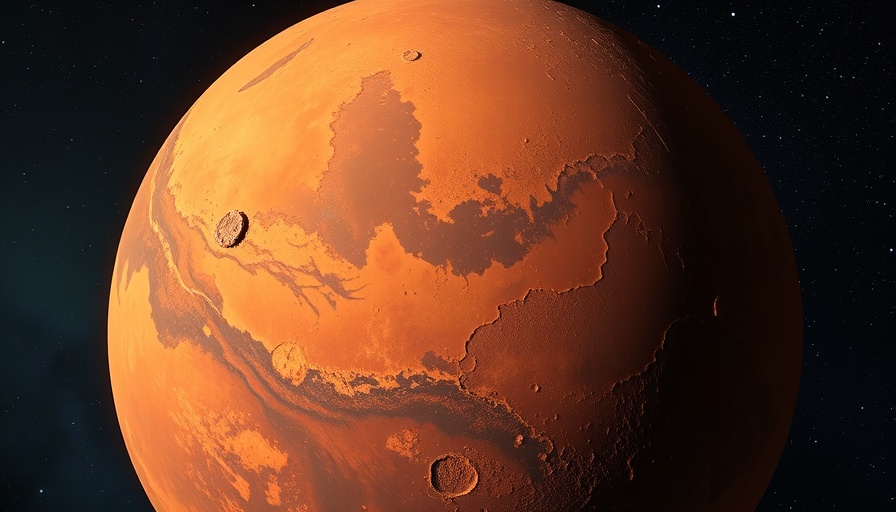
The Ongoing Debate About Water on Mars
More than 3 billion years ago, Mars had liquid water intermittently flowing on its surface. However, after its atmosphere began to thin out, this water could no longer remain on the surface, leading scientists to ponder what truly happened to it. Was it frozen as ice, trapped in deep aquifers, absorbed into minerals, or lost to space? This question has intrigued researchers, particularly LASP Senior Research Scientist Bruce Jakosky, a previous principal investigator of NASA's MAVEN mission.
Jakosky's Challenge to Previous Findings
In a recent correspondence published in the Proceedings of the National Academy of Sciences (PNAS), Jakosky challenged a 2024 study that suggests Mars retains a substantial amount of liquid water situated deep in its mid-crust. While the original findings claim that a crust composed of fractured igneous rocks seems to be saturated with liquid water, Jakosky argues that this isn't the only possible interpretation of the data and does not necessarily indicate that the crust is water-saturated.
NASA's InSight Mission: The Source of New Data
The data prompting this debate comes from NASA's InSight mission, which launched in 2018. This mission successfully landed a single lander on Mars, gathering valuable geophysical data to unlock secrets of the planet's interior. Despite concluding in 2022, the mission's data continues to provide fertile ground for discussion among scientists.
Contrasting Views on Water's Presence
The 2024 study, led by geophysicist Vashan Wright from the Scripps Institution of Oceanography, employed rock physics models to predict the volumetrics and characteristics of Mars's mid-crust based on the seismic and gravity data provided by InSight's findings. They postulate that if this water were evenly distributed across Mars, it would form a global equivalent layer of 1 to 2 kilometers deep—quite a significant volume.
Jakosky’s reevaluation suggests that the InSight data, while not ruling out the possibility of mid-crustal water, does not require it. He emphasized that the distribution of pore space and the potential presence of solid ice could also feasibly explain the observations.
The Implications for Future Mars Missions
Understanding the extent of water on Mars, whether in solid or liquid form, is crucial for potential future missions. Scientists aim for further exploration to provide detailed geological analyses that could unveil not only the planet's water cycle but also the conditions which might support life. If future exploratory missions can detect and quantify water reserves on Mars, it could redefine our quest for extraterrestrial life and the search for resources essential for manned missions.
Broader Context: Why This Matters
The discussions on the presence of water on Mars transcend scientific inquiry; they hold implications for humanity's future endeavors in space exploration. Deeper insights will also enrich our understanding of planetary formation and evolution, potentially providing keys to understanding Earth’s own history.
As we look forward to subsequent Mars missions and more advanced geological techniques, the conversation surrounding Mars's water will continue to evolve, influencing not just the scientific community, but also public interest in space exploration.
 Add Row
Add Row  Add
Add 




Write A Comment